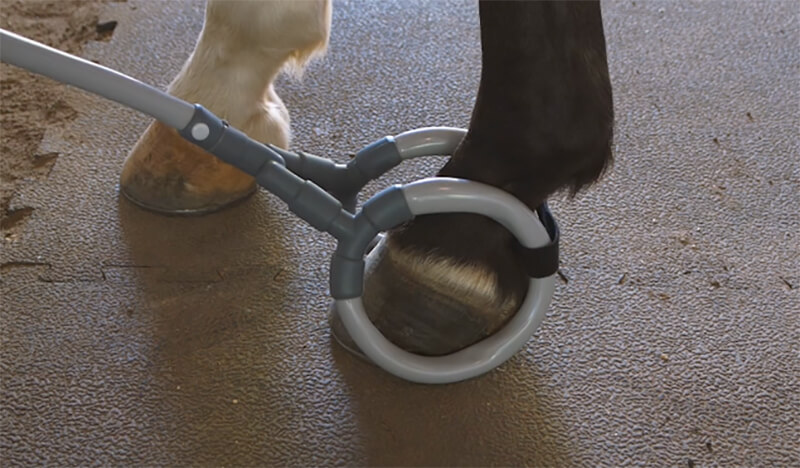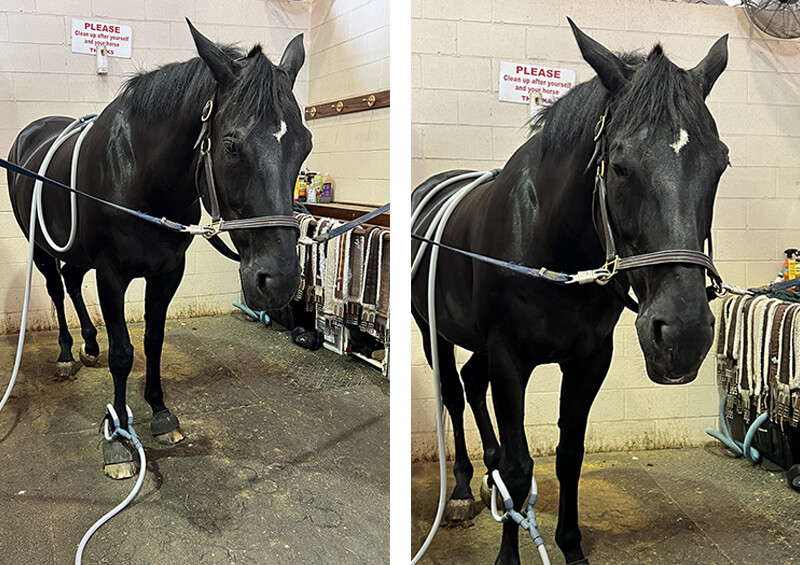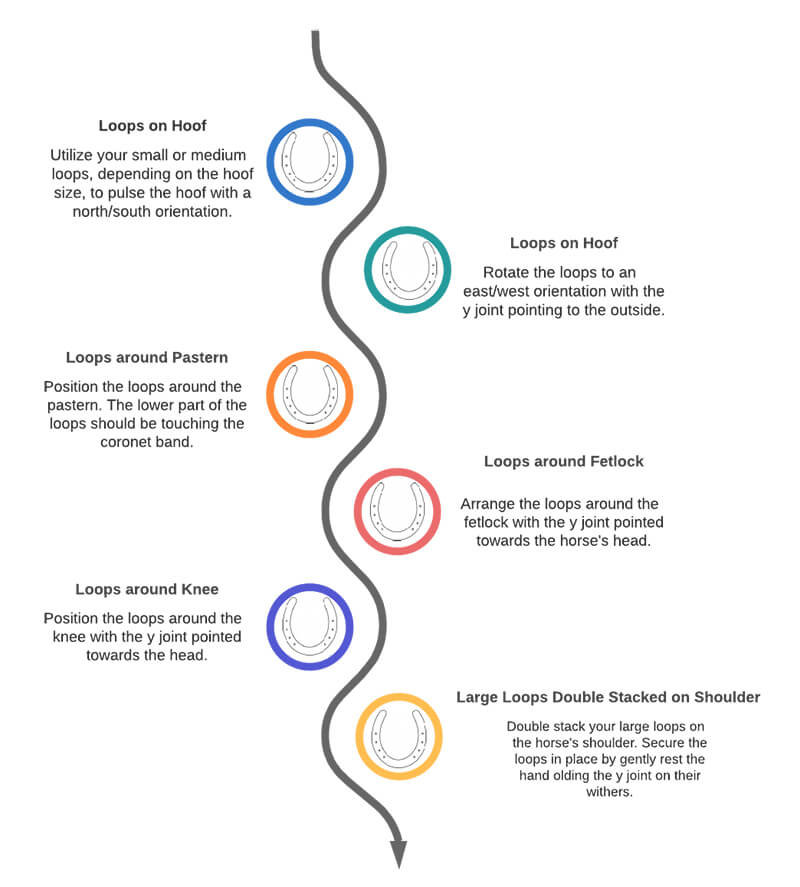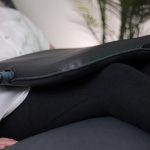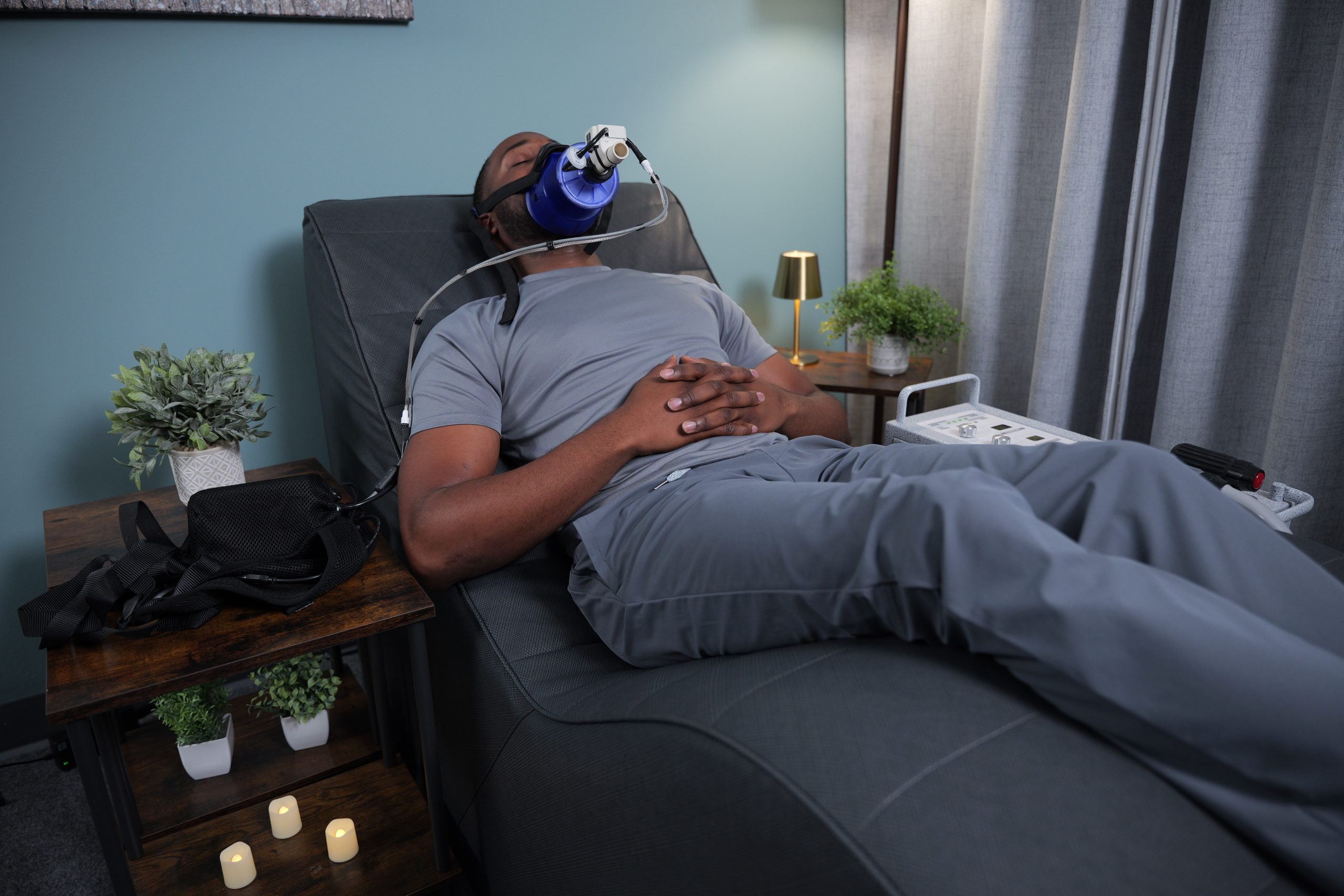Our trust in our horse’s powerful strides allows us to journey from recreational riding to the highest level of competition. There are a variety of issues, like laminitis, that can cause your horse to quickly lose the ability and will to walk easily. Laminitis often causes alarm to horse owners. It broadly refers to the inflammation of the laminae within the horse’s hooves.
When a horse is suffering from laminitis, it may display a certain stance in order to shift its weight away from its front legs, depending on how bad the episode is. Laminitis is common in horses, so you might have wondered how and if Pulse can help with this condition.
What is Laminitis?
The terms laminitis and founder are often used interchangeably. Founder refers to a long term condition that affects the rotation of the coffin bone. Acute laminitis refers to the initial attack and the symptoms that are associated with it.
The sensitive laminae structure lies between the hoof wall and the coffin bone (also known as the pedal bone). When endotoxins release into the bloodstream, they dilate the large arteries leading to the hoof. This increases blood flow while simultaneously causing constriction of the capillaries that nourish the laminae. Since the structures around the laminae are rigid, swelling causes further injury to the laminae.
While laminitis affects the feet, it is often caused by problems elsewhere in the horse. Laminitis can occur secondary to an existing injury, illness, or gastrointestinal tract disease. Some causes of laminitis include:
- Digestive upset– this is related to abrupt diet changes or an excessive amount of grain.
- Excessive amounts of grass– this becomes a problem when you don’t give the horse’s digestive system time to adapt.
- Any illness that causes metabolic upset– this could be something like Cushing’s Disease
- Excessive concussion to the feet– continuous work on hard ground or pavement can cause problems
- Excessive amounts of steroids– veterinarians can recommend the proper dose to help prevent laminitis in this case.
Signs of acute laminitis:
Acute laminitis is often quickly onset with symptoms including high fever and chills, sweating, diarrhea, and rapid, heavy breathing. An affected horse will alternate lifting one foot after another to help alleviate pain. Other symptoms include:
- Signs of lameness like limping, reluctance to stand, or not being able to put weight on a leg
- Hooves that feel warmer than usual
- A stronger pulse rate in one or more hooves
- Pain when gentle pressure is applied with a hoof tester
- Not wanting to walk to hard surfaces, or walking slowly and cautiously if you ask them to walk on firm ground
- The sawhorse stance is a position in which the front legs are extended forward in order to reduce pressure on the toes, while the back legs are bent to take on more weight than usual.
If you suspect your horse might be developing laminitis, call your veterinarian right away. Immediately remove all feed from the horse’s stall. If the horse is out on pasture, move them to a stall or area without access to grass.
As the sensitive laminae continue to swell, this can cause the coffin bone to rotate permanently. The goal of acting quickly in this medical emergency is to hopefully reduce the attack’s severity. Additionally, it is hoped that this will prevent the coffin bone’s rotation.
Supporting the Hoof with PEMF
Pulse’s products are not intended to cure, treat or diagnose any condition. Pulsing electromagnetic fields support general wellness by providing energy to the cells. The cells use that extra energy to support healthy joint and cartilage function, increase range of motion, and give the body a boost in natural recovery power.
Always consult with the attending veterinarian before adding PEMF to any horse’s routine. When a horse has laminitis or is recovering from laminitis, it’s important to ensure your Pulse session plan aligns with the attending veterinarian’s overall wellness plan for the horse.
After receiving approval, conduct a whole body session. Pay close attention to the horse’s signs of comfort in order to appropriately set the intensity level. Start at the withers with your large loops and work along the back as recommended in our training program.
Focusing the
small or medium loops on the hoof, rotate the loops periodically between north/south orientation and east/west orientation to fully saturate the hoof with Pulse. If you have a Pulse
EQ-XX or a Pulse
EQ-X1, you can work the topline and hoof simultaneously, assuming the horse is comfortable with that.
A normal healthy hoof can generally take quite a bit of intensity. A laminitic hoof is going to be more sensitive, so you will need to gauge the intensity off of the horse’s comfort level. Make sure not to over stimulate an already painful area.
Pulse the Pathway!
Focus on pulsing the pathway of the affected limb and the opposite limb. For example, if the left front foot was laminitic, you would want to focus on the back right hoof as well. Pulse all the hooves for a thorough session, but place special focus on the opposite region, where the horse is typically offsetting their weight.
It is very simple to effectively Pulse the Pathway! Here are some sample positions you can use:
If you have any questions on PEMF and how it can support the overall wellness of your horse, please give Pulse PEMF a call at 770-334-2226 or email us at info@pulsepemf.com.
